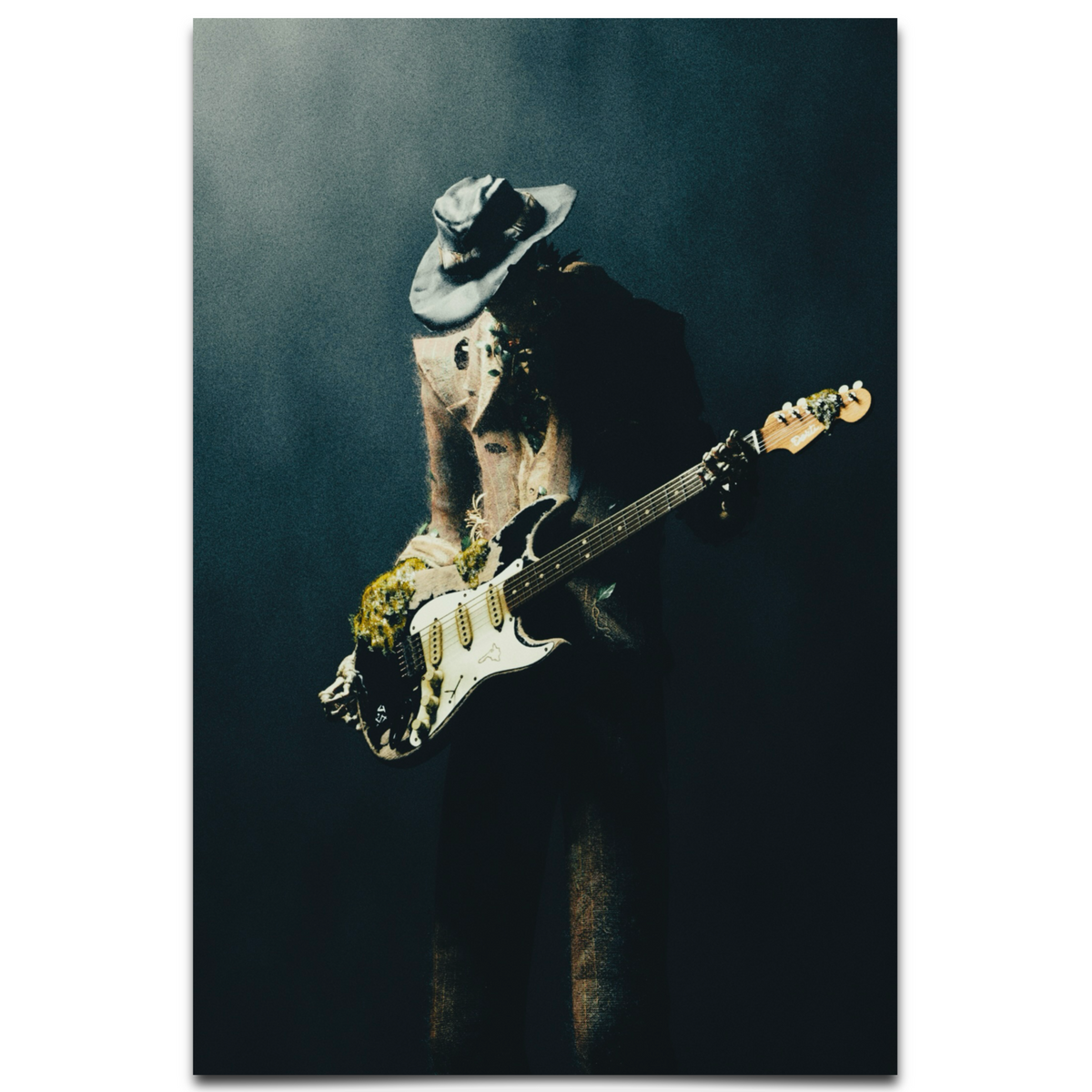The Song That Redefined a Sound
In the early 1940s, Bing Crosby stood as one of America’s most beloved voices, a crooner whose warm, effortless style had already reshaped popular music. Amidst a world gripped by the turmoil of World War II, Crosby’s recordings offered solace, blending sentimental charm with a relatability that resonated deeply with listeners. It was during this pivotal era that he recorded “White Christmas,” a song that would not only become synonymous with the holiday season but also cement his legacy as a cultural icon. Written by Irving Berlin, the track emerged from a blend of personal nostalgia and universal longing, capturing a moment of shared yearning for peace and home. At the time, Crosby was at the height of his career, having already starred in successful films and dominated the airwaves with his radio shows. What was it about “White Christmas” that transformed it into an enduring emblem of holiday spirit, distinct from the countless other seasonal songs of its time?
The song’s journey began in 1942, when Crosby first performed “White Christmas” for the film *Holiday Inn*, directed by Mark Sandrich. Recorded on May 29, 1942, at Decca Records in Los Angeles with the John Scott Trotter Orchestra, the session was reportedly unassuming, with Crosby completing his vocals in under 20 minutes. Irving Berlin, a prolific songwriter of the era, had penned the song with a melancholic yet hopeful tone, inspired by his own experiences as a Jewish immigrant reflecting on the American Christmas tradition. Crosby’s delivery, paired with Berlin’s poignant lyrics, was an immediate fit, requiring little rehearsal to capture the song’s tender essence. Berlin himself was present during the recording and expressed confidence in its potential, though no one could have predicted its staggering success. This seamless collaboration between artist and songwriter laid the foundation for a record that would transcend its cinematic origins to become a standalone cultural phenomenon.
"I sang it many times in Europe during the war for the boys, and they'd holler for it, they'd demand it. When I got a chance to come home, I was thrilled to sing it on the air."
Inspiration, Emotion, and the Spark of Creation
At its core, “White Christmas” is a song of longing, evoking a deep nostalgia for simpler times and the comfort of home. Irving Berlin reportedly wrote the song in early 1940, possibly drawing from personal memories of his childhood in New York, where snowy Christmases were a cherished ideal, even if not always a reality. For Crosby, singing the song during wartime broadcasts added a layer of emotional weight, as it became a touchstone for soldiers overseas yearning for their families. The lyrics, with their gentle imagery of “treetops glisten” and “sleigh bells in the snow,” paint a picture of idealized serenity, a stark contrast to the uncertainty of the early 1940s. Musically, the song’s understated arrangement—with soft orchestral swells and Crosby’s smooth, conversational delivery—amplifies this bittersweet tone, making it feel like a personal letter rather than a grand performance. Berlin’s decision to begin with a lesser-known introductory verse (often omitted in later versions) about being in sunny Beverly Hills further underscores the theme of displacement, a detail that adds emotional depth for those familiar with the full composition. This interplay of personal memory and universal sentiment is what makes “White Christmas” a timeless emotional anchor for generations of listeners.
When a Track Becomes a Movement
Upon its release as a single in 1942, “White Christmas” soared to unprecedented heights, topping the Billboard charts for 11 weeks and becoming the best-selling single of all time, with estimates of over 50 million copies sold worldwide. Its debut in *Holiday Inn* introduced the song to a broad audience, but it was Crosby’s frequent wartime radio performances that cemented its cultural significance, particularly for American troops abroad who found solace in its familiar melody. Critics at the time praised Crosby’s heartfelt rendition; a 1942 review in *Variety* called it “a standout emotional wallop,” predicting its lasting appeal. The song also won the Academy Award for Best Original Song in 1943, further solidifying its place in music history. Beyond accolades, “White Christmas” became an anthem of the holiday season, shaping how Christmas music was perceived and setting a standard for future recordings. Its resonance during World War II turned it into a symbol of hope and unity, a role it continues to play in holiday traditions worldwide.
What We Miss Between the Lines
Musically, “White Christmas” is deceptively simple, yet its structure reveals a masterful balance of melody and emotion. Berlin’s composition relies on a gentle, flowing melody in the key of C major, which allows Crosby’s baritone to glide effortlessly over the notes, creating an intimate, almost conversational quality. The song’s AABA form—a standard in Tin Pan Alley compositions—provides a familiar framework, but Berlin’s subtle harmonic shifts in the bridge add a touch of melancholy that mirrors the lyrics’ yearning tone. Lyrically, the imagery is both specific and universal; lines like “I’m dreaming of a white Christmas, just like the ones I used to know” evoke personal memory while inviting listeners to project their own experiences onto the song. The orchestration, led by John Scott Trotter, uses soft strings and muted brass to support Crosby’s voice without overpowering it, a production choice that ensures the focus remains on the emotional delivery. For musicians and songwriters, this restraint is a lesson in subtlety, demonstrating how minimalism can amplify a song’s impact when paired with genuine sentiment.
- Release Date: July 30, 1942 (as part of the *Holiday Inn* soundtrack)
- Producer: Jack Kapp (Decca Records)
- Chart Peak: #1 on Billboard’s Best Selling Retail Records chart for 11 weeks
- Notable Lyric: “I’m dreaming of a white Christmas, just like the ones I used to know”
- Instrumentation: Orchestral arrangement with strings, brass, and subtle percussion
- Recording Location: Decca Studios, Los Angeles, California
Why This Song Still Matters
“White Christmas” endures as more than a holiday classic; it is a cultural artifact that encapsulates a pivotal moment in history and emotion. Its legacy is evident in countless covers by artists ranging from Frank Sinatra to Michael Bublé, each reinterpretation paying homage to Crosby’s original while adapting it for new generations. The song has appeared in numerous films and television specials, and its annual airplay remains a staple of holiday programming, ensuring its place in modern Christmas celebrations. Scholars and critics often cite it as a defining piece of American popular music, with music historian David A. Jasen noting it as “the ultimate expression of holiday nostalgia.” Its ability to evoke a shared sense of longing and hope continues to resonate, particularly in times of uncertainty, mirroring its original wartime context. For listeners today, “White Christmas” is a reminder of music’s power to connect across time, offering comfort and a sense of belonging that feels as relevant now as it did over eight decades ago.



